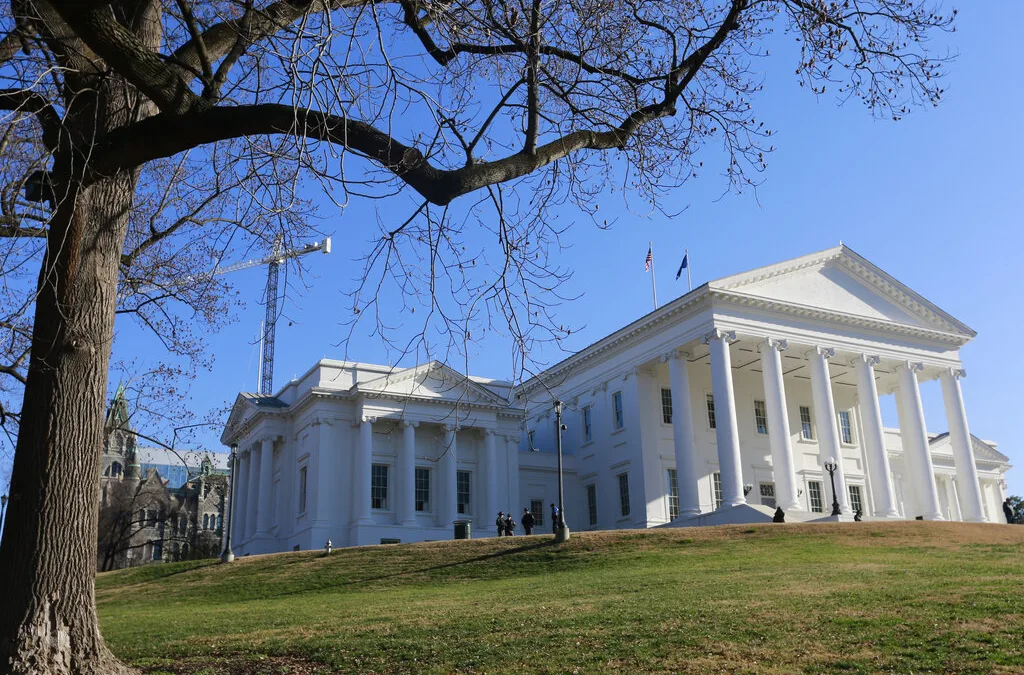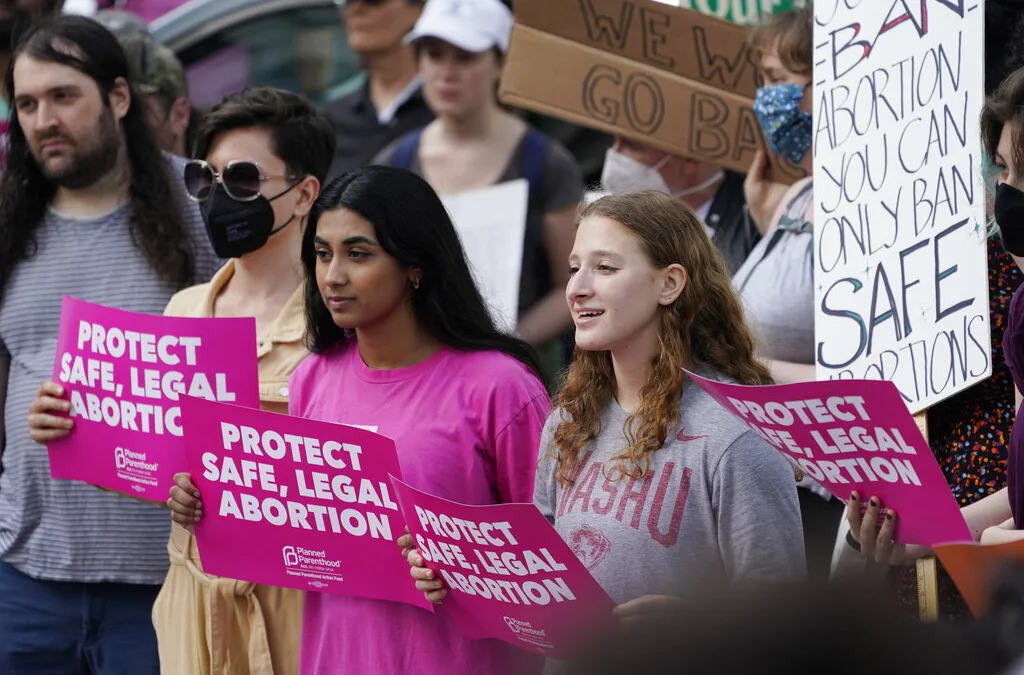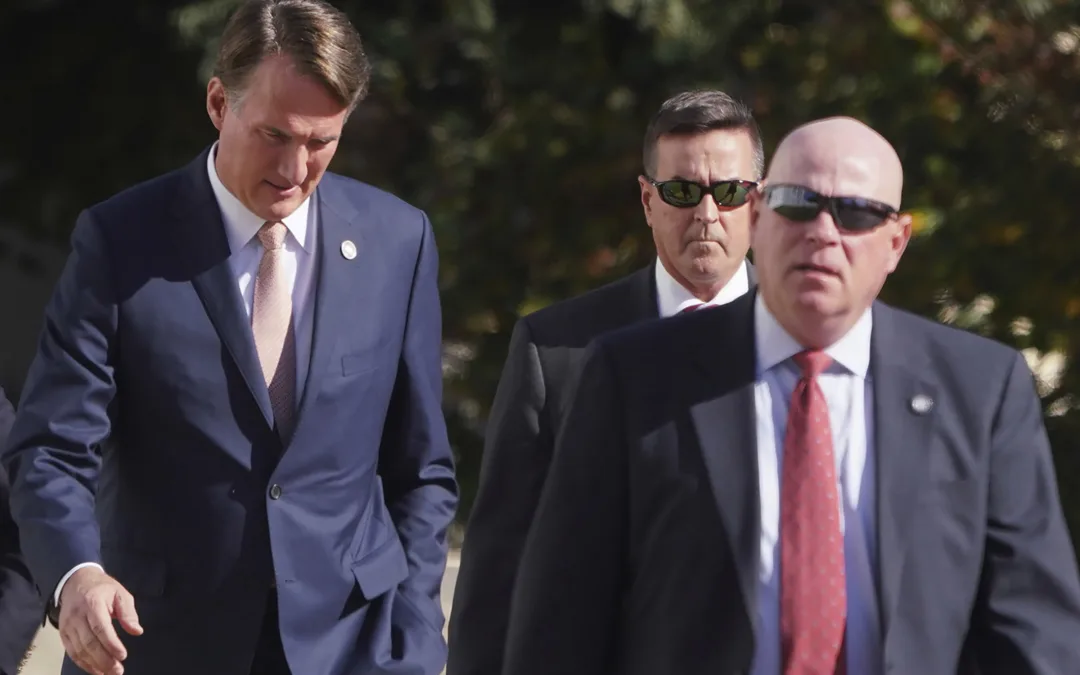
The number of figures (1000) illustrates just 1% of the official count of people who've died from COVID-19. Graphic via Desirée Tapia for COURIER
The current death toll could actually be as high as 125,000 Americans, according to a New York Times analysis.
The United States on Wednesday officially surpassed 100,000 deaths from COVID-19, the disease associated with the novel coronavirus, according to a tally compiled by Johns Hopkins University. That’s 100,000 Americans, each with their own story, their own friends and family, gone.
Unofficially, however, the U.S. may have actually surpassed 100,000 deaths related to coronavirus days, if not weeks ago.
The Centers for Disease Control and Prevention released initial data last Wednesday estimating between 84,891 and 113,139 excess deaths—the number of deaths above what would be expected based on historical averages—have occurred in the United States since Feb. 1. A New York Times analysis of CDC data came up with a more precise figure, finding that between March 15 and April 25, 63,700 more people died than usual—a number 16,000 higher than the official number of COVID-19 deaths during that time frame.
As with the official case count, some areas experienced far more excess deaths than others. New York City, which has been the nation’s worst coronavirus hotspot, experienced six times the usual number of deaths during that period. All told, through April 25, excess deaths in regions of the United States with adequate data have been about 34% higher than the official coronavirus death count, the Times found. If this pattern holds for the rest of the nation, it would put the current death toll at more than 125,000 Americans, far ahead of the official figure.
The rise in nationwide deaths also comes as the number of lives lost from car accidents—one of the leading causes of death in the U.S.—has plummeted in most states across the country, reducing a major source of fatalities and providing further evidence of more deaths due to other sources.
President Trump, who has come under intense scrutiny for his response to the pandemic, has argued the actual death toll might be “lower than” the official count, but leading public health experts disagree. Dr. Anthony Fauci, director of the National Institute of Allergy and Infectious Diseases, has said he believes the official death toll is an undercount.
“Almost certainly it’s higher,” Fauci said during a virtual Senate hearing earlier this month. “There may have been people who died at home who were not counted as COVID because they never really got to the hospital.”
RELATED: Trump’s Delay in Issuing Social Distancing Measures Led to Tens of Thousands of Preventable Deaths
Former New York City firefighter Bob Duffy was one of these people. Duffy died at home on March 29, and the official cause of death was recorded as chronic lung disease. But as FiveThirtyEight reported, Duffy had come down with a sudden illness that left him too fatigued to leave the house. He had also been in contact with several people who later tested positive for COVID-19. Duffy never got a test himself and didn’t want to be separated from his wife and go to the hospital, so he lived out his final days at home. As of May 20, he is still not counted among New York City’s official coronavirus deaths.
Duffy’s story is not an anomaly. The shortage of widespread testing during February, March, and April means that many others likely died of COVID-19 without ever having been formally diagnosed with the virus. In Michigan, for example, the shortfall of tests in the state has likely driven an undercount of deaths by the hundreds, according to an analysis by the Wall Street Journal.
The CDC doesn’t specify the excess deaths as COVID-19 deaths, and many people who’ve died likely didn’t suffer from the disease, but were instead individuals who suffered other medical problems and chose not to go to a hospital or seek necessary medical care for fear of being exposed to the virus. All across the country, reports have emerged of patients who suffered heart attacks, strokes, and other serious ailments and died at home after deciding not to go to the hospital.
An April survey of nine major hospitals showed the number of severe heart attacks being treated in American hospitals had dropped by nearly 40% since the coronavirus crisis began in March. Another estimate found that nationwide outpatient visits had dropped about 60% in early April. As of May 19, that figure has rebounded, but outpatient visits still remain about one-third lower than pre-pandemic levels, according to The Commonwealth Fund.
The validity of existing fatality data in certain states has also come into question. Florida has refused to release medical examiner data to the public, prompting criticism from local media outlets who have accused the State Department of Health of underreporting deaths.
Taking everything that is currently known into account, most leading public health experts have agreed with Fauci that the official death toll is all but certain to be too low.
RELATED: Fauci Said a Quicker Response from U.S. Could Have Saved Lives. Trump Is Pissed About That.
“The officially reported numbers don’t reflect the true level of illness and death that have occurred,” Jennifer Nuzzo, a senior scholar at the Johns Hopkins Center for Health Security, told the Times. “We very much feel the reported numbers reflect an undercount.”
We won’t find out the official death count of COVID-19 for years, if we ever find out. Fifteen years later, we still don’t know exactly how many people died as a result of Hurricane Katrina.
But we do know that at least 100,000 Americans have died so far of COVID-19. At least 100,000 lives cut short. At least 100,000 stories brought to an end too soon.
And probably many more.

VIDEO: Your support matters!
Your support matters! Donate today. @vadogwoodnews Your support matters! Visit our link in bio to donate today. #virginianews #virginia #community...

Op-Ed: Virginia’s new Democratic majorities pass key bills to improve your lives, but will Youngkin sign them?
The 2024 Virginia General Assembly regular session has wrapped up. It was a peculiar session from the outset, with Democratic majorities in the...

Op-Ed: Why Virginia Needs A Constitutional Amendment Protecting Reproductive Freedom
Virginia’s recent election season in 2023 drew in eyes from all over the country. Reproductive freedom was on the line and Virginia remained the...

From the state rock to the state flower, here’s how Virginia got its symbols
Have you ever wondered why the Dogwood is the state flower? Or how the cardinal became the state bird? We’re here to answer those questions and more...

VIDEO: Second-gentleman Douglas Emhoff gives speech on reproductive freedom
Second gentleman, Douglas Emhoff touched on reproductive freedom not only being a woman's issue but "an everyone's issue" during the Biden-Harris...

Glenn Youngkin and the terrible, horrible, no good, very bad night
Election Day 2023 has come and gone, and while there are votes to be counted, one thing is perfectly clear: Virginians unequivocally rejected Gov....




